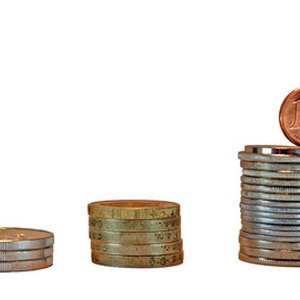
It is commonly accepted that when an individual takes on risks in investing he expects a financial return. Each time a new layer, or type, of risk is added to an investment decision it is said that a risk premium is paid to the investor for taking on the additional risk above and beyond "the risk free rate" (typically U.S. Treasury bonds). A measurable, additional financial gain must exist for investors taking on risk otherwise no one would invest in risky assets. That measurable additional financial gain is referred to as risk premium.
Credit Risk Premium
Credit risk premium is the premium paid to investors for investing in bonds other than U.S. Treasury bonds. U.S. Treasury bonds are considered risk free and pay a low rate of interest. Any bond is riskier than a treasury bond and the riskier it is the more interest it pays.
Soverign Risk Premium
Sovereign risk is created when the political climate in a country makes investing riskier. An investor in a country with a record of civil unrest and who is therefore worried about political instability will expect a higher rate of return than if he invests in politically stable countries such as the United States, Canada and Britain.
Equity Risk Premium
When an investor buys a public stock it is said that he takes on equity risk premium. This refers to the fact that the investor could have purchased a bond, which is considered less risky, instead of the stock. Since the stock is riskier, it of course, must return greater financial gains to the investor than the bond would.
References
- Risk premium - Wikipedia
- List of sovereign states - Wikipedia
- Online Payday Loans | Title Loans, Pawn Loans & Installment Loans
- Equity Risk Premium - Learn How to Calculate Equity Risk Premiums
- U.S. Securities and Exchange Commission. "Assessing Your Risk Tolerance." Accessed July 27, 2020.
- Federal Reserve Bank of San Francisco. "In Times of Financial Stress, What Typically Happens to the Difference between Interest Rates on Corporate Bonds and U.S. Treasury Bonds?" Accessed July 27, 2020.
- U.S. Securities and Exchange Commission. "What Is Risk?" Accessed July 27, 2020.
- U.S. Securities and Exchange Commission. "Treasury Securities." Accessed July 27, 2020.
- U.S. Department of the Treasury. "Treasury Securities and Programs." Accessed July 27, 2020.
- U.S. Securities and Exchange Commission. "Asset Allocation." Accessed July 27, 2020.
- Morningstar. "Ratings and Risk." Accessed July 27, 2020.
- U.S. Securities and Exchange Commission. "Diversify Your Investments." Accessed July 27, 2020.
Writer Bio
Kelcey Lehrich has been writing for several online media outlets for the past few years. His work can be found on Electronista.com, Macnn.com and LeftLaneNews.com. Lehrich holds a bachelor's degree from Cleveland State University in business administration and finance.

